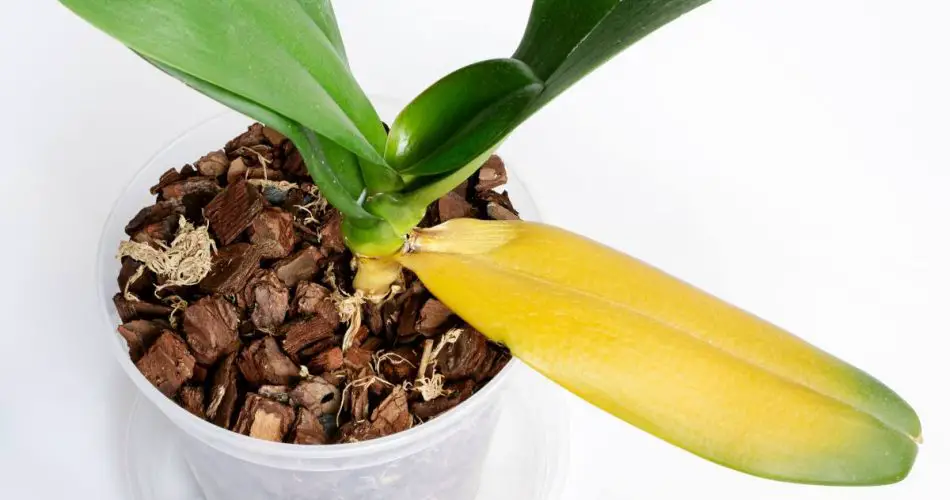Orchids are known for their exquisite beauty and captivating allure, making them a popular choice among plant enthusiasts. However, even the most attentive orchid owners may encounter a common challenge: a withered or dry orchid. Don’t despair! With the right care and patience, you can revive your beloved orchid and restore it to its former glory. In this article, we’ll provide you with a step-by-step guide on how to rescue your withered orchid and bring it back to life.
- Assess the Situation: Before taking any action, carefully examine your withered orchid. Note the condition of the leaves, stems, and roots. This assessment will help you determine the extent of the damage and the appropriate course of action.
- Rehydrate Your Orchid: One of the most common reasons for orchid withering is dehydration. To rehydrate your orchid, follow these steps: a. Submerge the orchid’s pot in room-temperature water for 10-15 minutes. b. Allow excess water to drain from the pot thoroughly. c. Repeat this process once a week until you notice signs of improvement.
- Trim Damaged Parts: Trim any dead or severely damaged leaves, stems, or roots using sterilized scissors or pruning shears. Be sure to cut just above a node or healthy section to encourage new growth.
- Repot Your Orchid: If the orchid’s potting mix has broken down or become compacted, it’s time to repot your orchid. Choose a fresh potting mix designed for orchids. Gently remove the orchid from its old pot, carefully untangle the roots, and place it in the new pot. Ensure the roots have room to grow.
- Adjust Light and Temperature: Orchids require specific lighting and temperature conditions to thrive. Place your orchid in a location with indirect sunlight, as direct sunlight can scorch the leaves. Maintain a temperature range of 65-75°F (18-24°C) during the day and slightly cooler at night.
- Humidity Matters: Orchids love humidity. Increase humidity around your orchid by placing a tray of water or a humidifier nearby. Misting the orchid occasionally can also help.
- Fertilize Wisely: During the growing season (usually spring and summer), feed your orchid with a balanced orchid fertilizer at half the recommended strength. Do not fertilize during the dormant season.
- Be Patient: Reviving a withered orchid takes time. Be patient and consistent with your care routine. It may take several months for your orchid to fully recover.
- Prevent Future Issues: To prevent your orchid from withering again, maintain a regular watering schedule, provide appropriate light and temperature conditions, and repot when necessary. Regularly inspect your orchid for signs of pests or disease.
Conclusion: Caring for a withered orchid can be challenging, but with the right approach and dedication, you can nurse it back to health. Remember to assess its condition, rehydrate, trim, repot, provide suitable light and temperature, maintain humidity, fertilize appropriately, and be patient. Your efforts will be rewarded with a revitalized and beautiful orchid that graces your home with its elegance once more.



